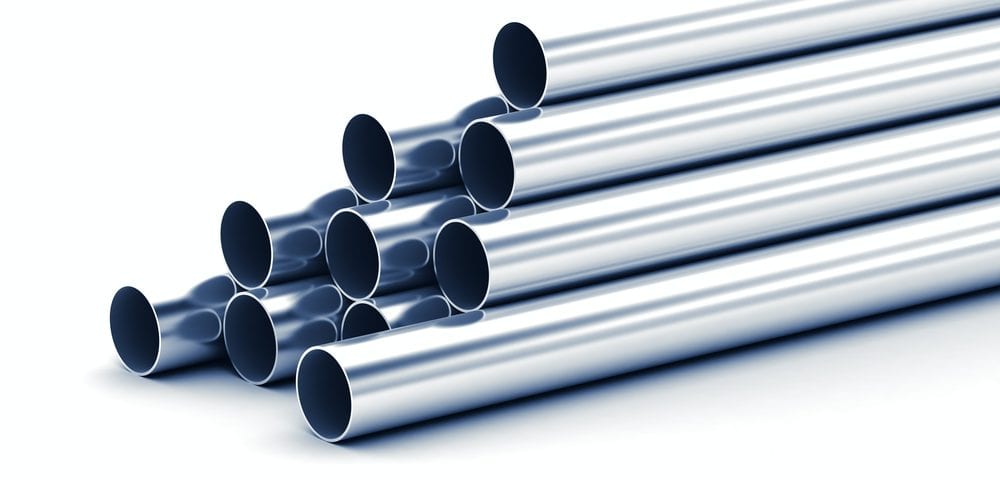Evaluating Steel Pipe Versus Plastic Pipe Materials, Part 1

Benefits and Drawbacks of Galvanized Steel
December 6, 2019
Evaluating Steel Pipe Versus Plastic Pipe Materials, Part 2
December 20, 2019Whether for the plumbing industry or a related field, one of the most common and important products for several areas will be piping. With lead piping prohibited by law since the 1980s for safety reasons, the most common products used for pipes in today’s world are either galvanized metal – such as steel – or plastic materials.
At Wasatch Steel, we offer a wide selection of steel pipe, along with numerous steel services and additional products to fit your every need. In this two-part blog series, we’ll go over some of the benefits and drawbacks of both plastic and metal pipe formats, plus some in-depth tips on the kinds of steel pipe you might consider depending on the project you’re completing and its particular needs.
Benefits and Drawbacks of Plastic Pipe
Generally speaking, there are three plastic pipe materials that are commonly used for various plumbing and related applications. While we do not stock these, we feel it’s important for you to understand how they compare to steel pipe options. Here are some basics on each:
- PVC piping: Short for polyvinyl chloride, PVC pipe is the lowest-cost option, and is one of the most common piping materials today. It’s easy to install and has several joining methods available. However, PVC pipes cannot withstand high temperatures, meaning they can’t be used for areas like hot water lines and generally are not rated for drinking water. They also have to receive extra care when buried in the ground to prevent collapsing.
- CPVC pipe: The additional C in the title of this material indicates an infusion of chlorine, which adds heat resistance to the product. CPVC pipe is generally rated for drinking water, plus is flexible and fire-resistant.
- PEX tubing: Short for cross-linked polyethylene, this material has great heat resistance. However, it cannot be directly connected to hot water heaters and requires copper tubing in between.
Specific Benefits of Metal Pipe
In many previous generations, metal piping was made from brass, copper, cast iron and other metal types. Many of these have strong innate corrosion resistance, a major factor here, but each of them also have issues with aging – often due to the lead in the solder that was used for connective purposes.
For this reason, steel has become more and more popular within the piping world over the last several decades. Steel is not only extremely strong and tough, it’s durable over a period of decades, with much lower risk of deterioration and no dangerous lead used in their manufacturing. Steel is also extremely versatile, making it highly useful across several plumbing, sewer and pipeline applications.
For more on metal versus plastic piping formats, or to learn about any of our steel products or services, speak to the staff at Wasatch Steel today.



